Navigating today’s fast-paced world demands effective multitasking, making a second monitor a valuable tool. In offices, it’s common to split tasks between live data on one screen and detailed analysis in spreadsheets on another. At home, the convenience of web browsing on one monitor while watching educational content or taking notes on the second is undeniable.
Yet, what if Windows 10 fails to detect the second monitor? Several potential culprits include damaged cables, insufficient PC support, outdated drivers, or driver limitations. This blog post serves as a comprehensive guide, offering step-by-step solutions to troubleshoot and resolve issues hindering the automatic detection of a second monitor in your system.
Fixing the Additional Monitor Connection Problem Through Fixing the Hardware Issues
- Restart your system for a stable connection.
- Verify the selected input using built-in controls on your monitor.
- Ensure a secure cable connection between the graphics card and monitor.
- Try disconnecting and reconnecting the cable.
- Replace the cable if damaged, checking for defective pins.
- Test different ports on your graphics card and monitor.
- Swap monitors to rule out internal display issues.
- Confirm the graphics card is functioning correctly.
- Check for Surface Dock issues.
- Update Firmware to address bugs (follow manufacturer’s instructions).
- Verify power source and turn on the monitor.
- Refresh the connection by restarting the computer.
- Choose the correct input port in the monitor’s controls.
- Check and reconnect the signal cable securely.
- Test with another known working monitor.
- Disconnect peripherals to rule out conflicts.
- If using a dock, connect the monitor directly to the computer.
- Update external monitor firmware for bug fixes and compatibility.
If the initial troubleshooting steps mentioned earlier don’t resolve the second monitor issue, it might be a software-related problem. Consider the following steps to address the software issue potentially.
How To Fix External Monitor Connection Issues From Settings
Once you’ve confirmed the absence of any physical issues with the connection, monitor, or computer, you can utilize the Settings app to prompt the system to recognize the second monitor. This should help resolve the issue and allow you to use your second monitor without any further problems.
Force second display detection.
- Press Win + S to open the Search function.
- Enter “settings” in the search box and choose Settings from the results.
- Click on System once the Settings interface is displayed.
- Navigate to the left sidebar and select Display.
- In the Multiple Displays section, click on the Detect button.
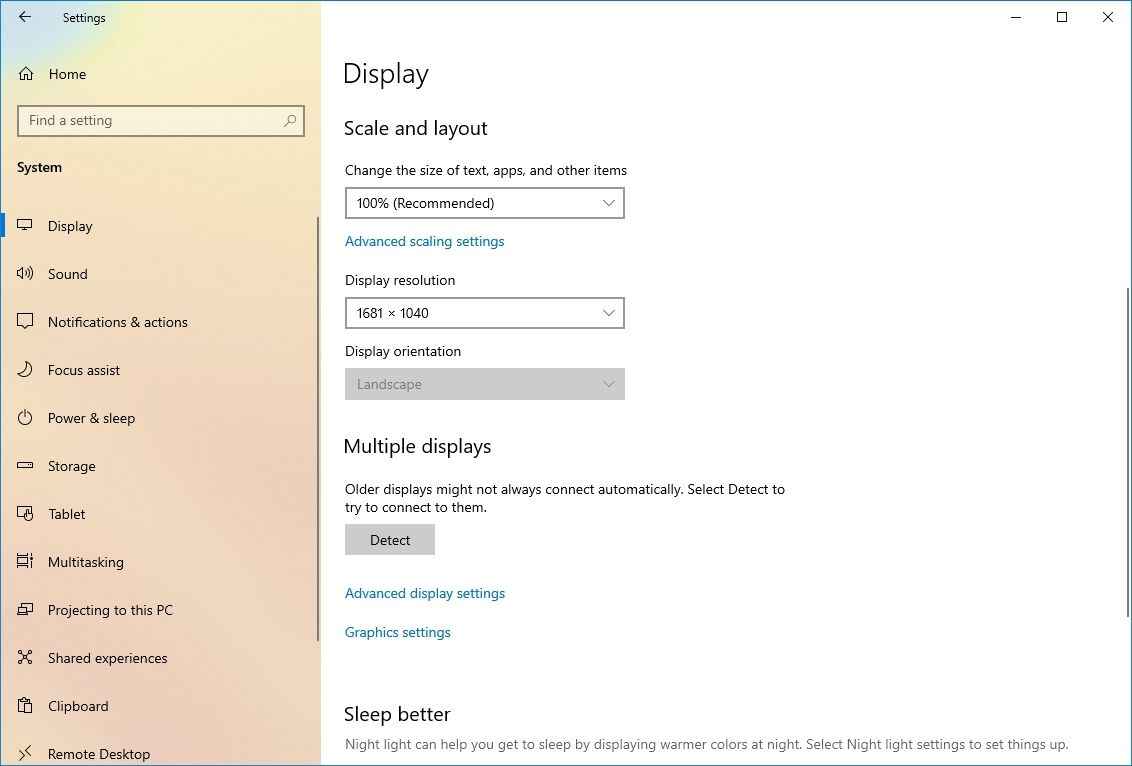
You can check to see if the “second display not detected” issue has been resolved.
Connect wireless external display
- Open “Settings.”
- Select “Devices.”
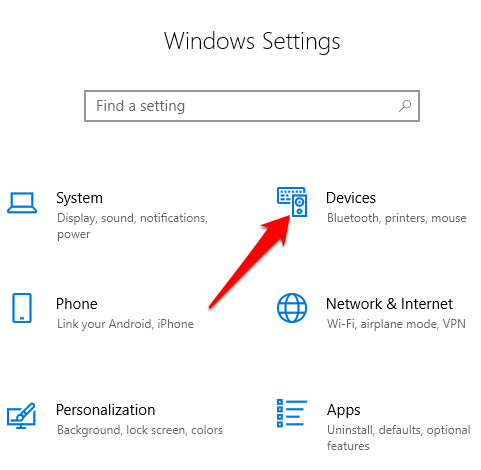
3. Click on “Bluetooth and other devices.”
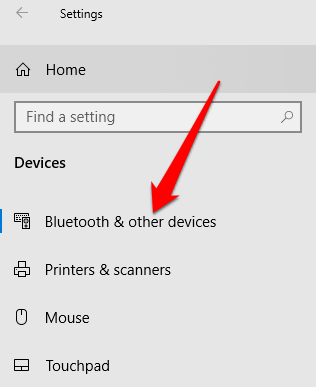
4. Choose “Add Bluetooth and other devices.”
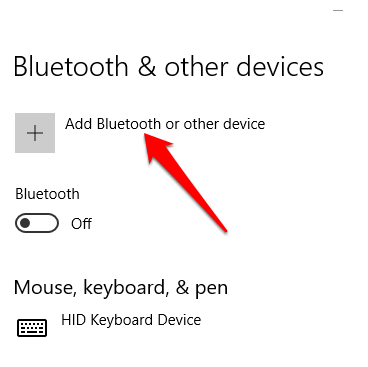
5. Tap “Wireless display or dock.”
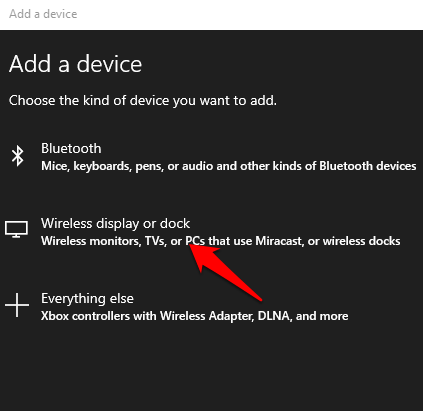
6. Ensure your wireless monitor is turned on and discoverable.
7. Select your display from the available list.
8. Follow the onscreen instructions.
Once the process is finished, the system will recognize the wireless display as a newly added external monitor.
How To Fix External Monitor Connection Issues From Latest Graphics Drivers
The inability of Windows 10 to recognize your second PC monitor could stem from a malfunctioning or outdated graphics driver. To address this, consider updating, reinstalling, or reverting the driver to an earlier version, restoring the connection between your computer and the second monitor.
Update the Graphics Driver
Update your graphics card driver via Windows Update by following these steps:
- Open Settings.
- Click on Update & Security.
- Choose Windows Update.
- Click “View optional updates” and select Driver updates.
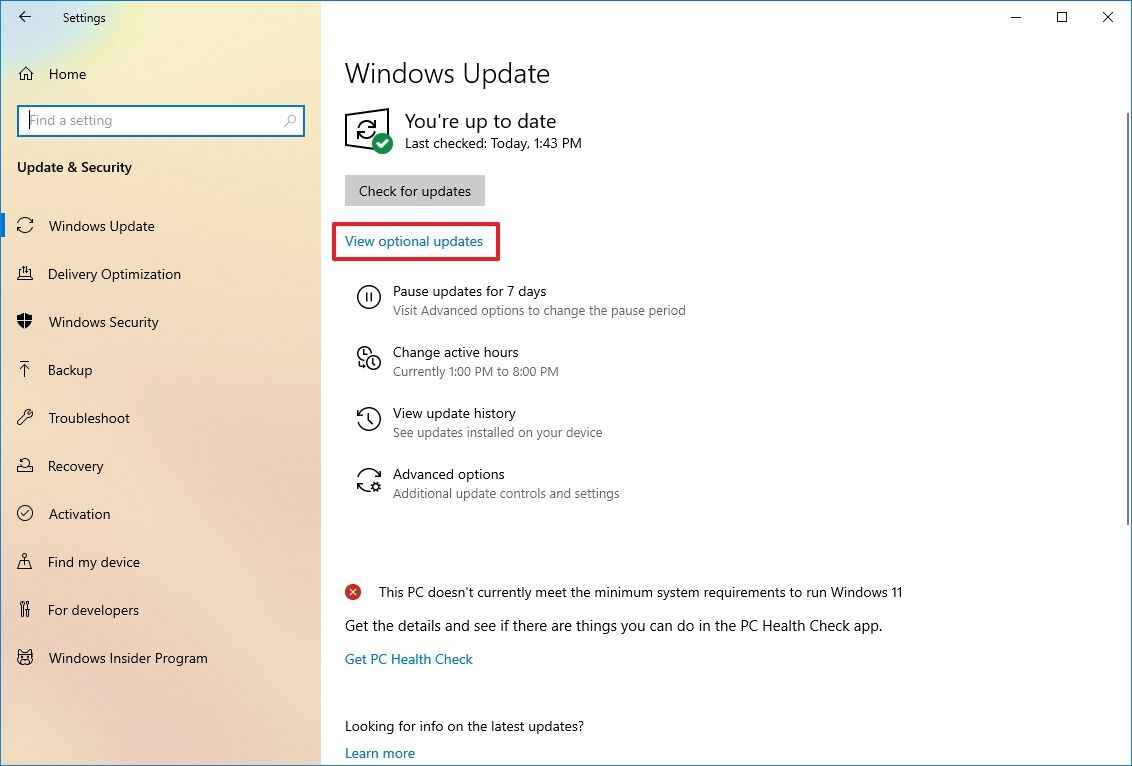
5. Check the graphics driver for updates on Windows 10
6. Click “Download and install.”
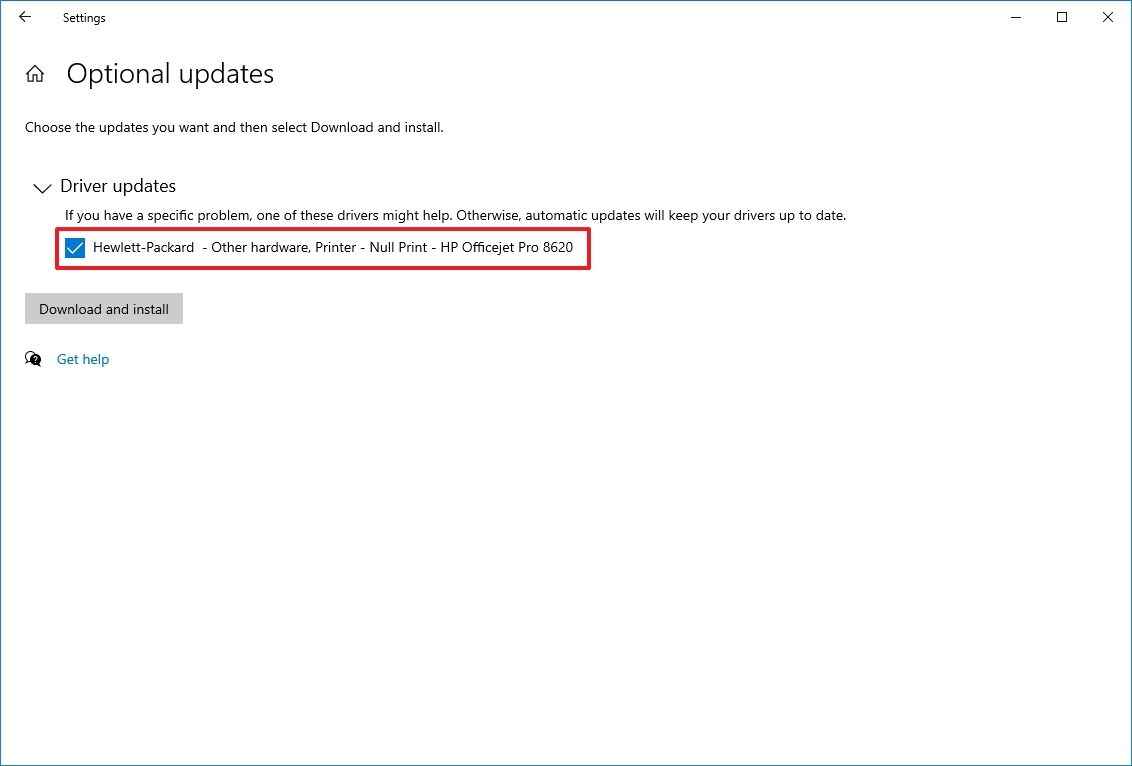


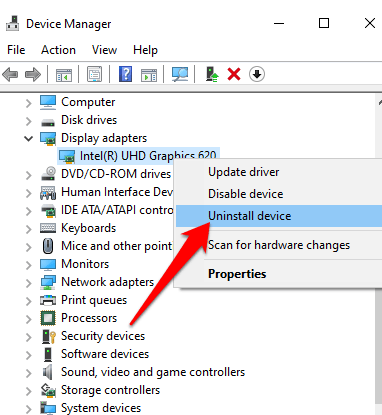
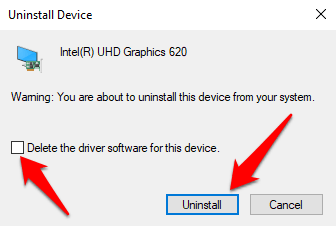
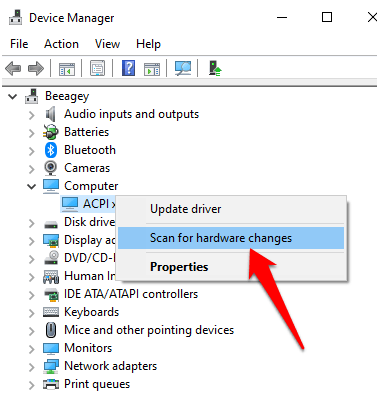
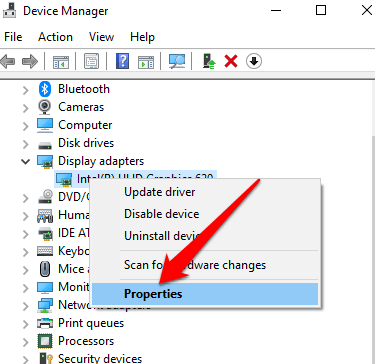
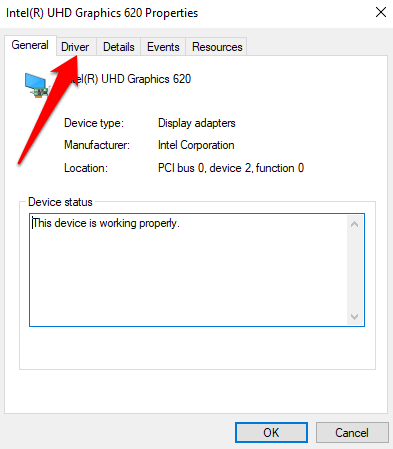
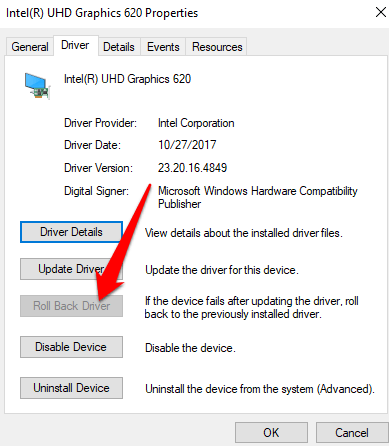
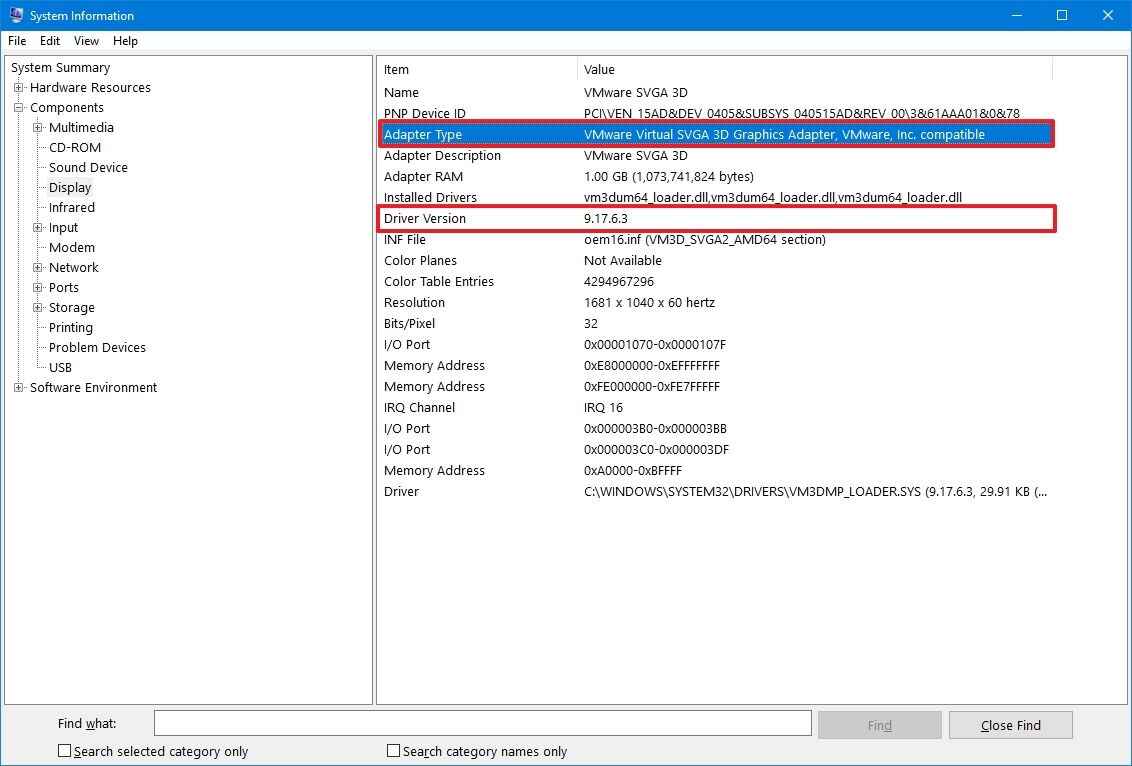













Comments